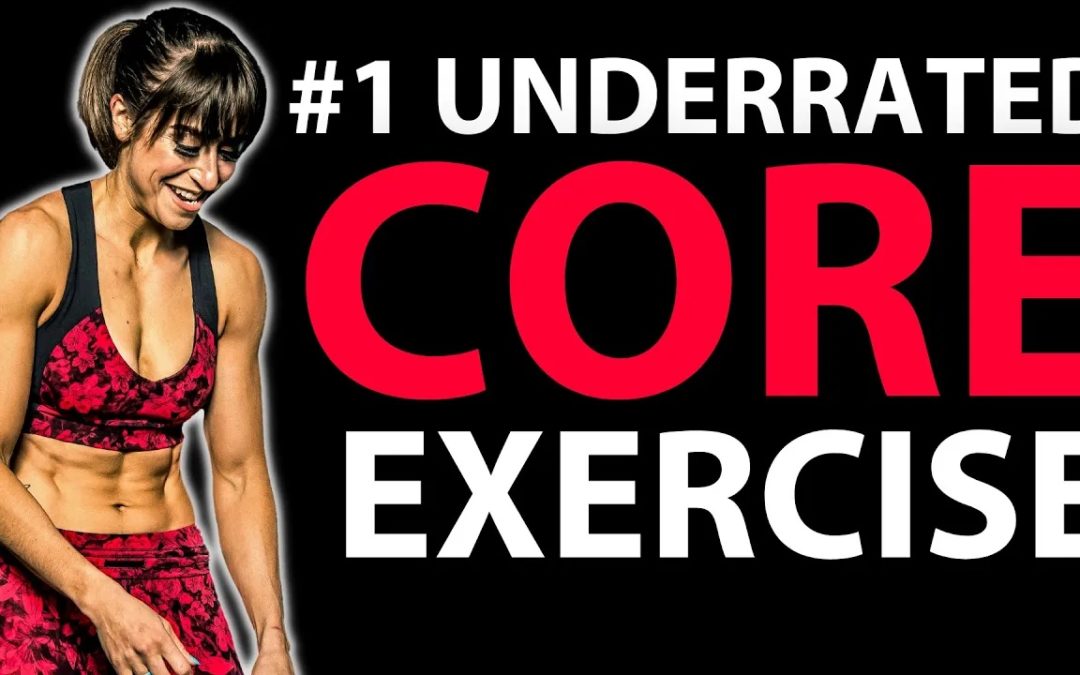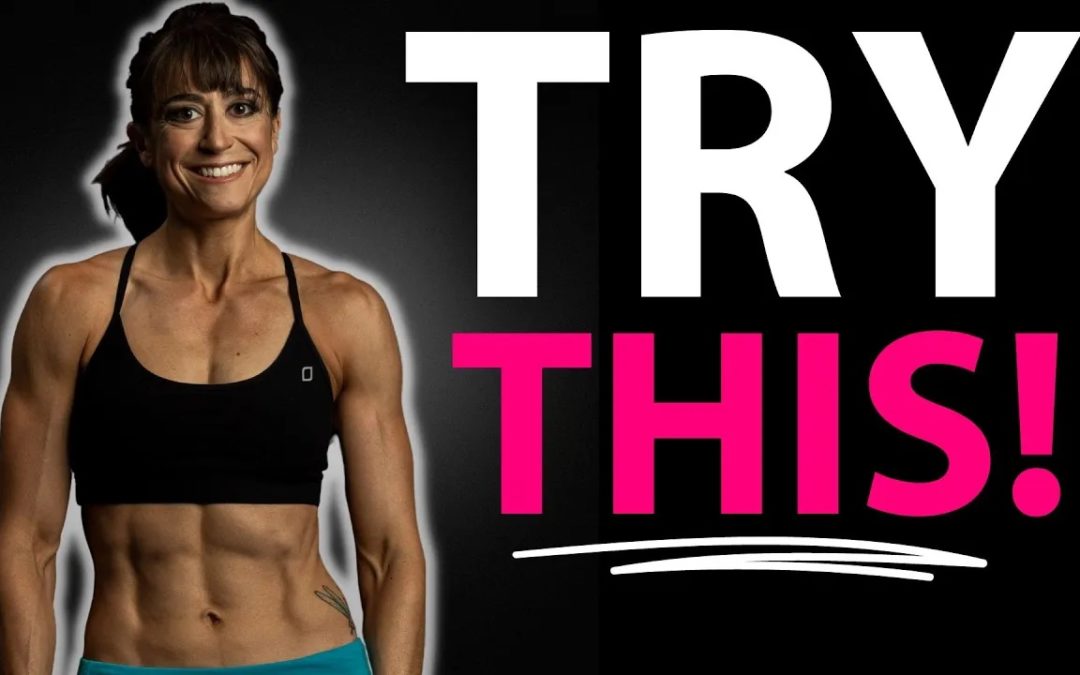
by Cori Lefkowith | Dec 18, 2022 | Blog, Bodyweight, Core, Exercises, Functional Fitness
If you are looking for an amazing core exercise to work your abs, obliques, glutes, hamstrings, shoulders, adductors, serratus anterior and back, that requires no equipment so you can do it anywhere, then you’re going to love this video! In this video I’ll show you...

by Cori Lefkowith | Dec 12, 2022 | podcast
Why do we have ego, take pride, in doing things alone? Why do we fear failing? If we want to succeed, we need to overcome these hurdles. We need to embrace failing faster and embrace an outside perspective. If you’re finding yourself fighting against...

by Cori Lefkowith | Dec 11, 2022 | Blog, Diet, fat loss-featured, Workouts
It can be simply overwhelming trying to figure out how to design the best workout to tone up and see those muscle gains as you lose fat. We want to LOOK like we workout, right?! But there are so many options out there… How do you know which is best? I get asked all of...

by Cori Lefkowith | Dec 6, 2022 | podcast
Talking to Sarah – she’s like… “It didn’t get easier this week! You lied!” And I said back, “Did you use a harder variation? Did you finish the workout faster?” She said…“Yes.” “Then it DID get easier.” With training, you will...

by Cori Lefkowith | Dec 4, 2022 | Blog, Diet, Exercises, injury-featured, Pain Relief
Let’s face it. Injuries suck but so often they aren’t what’s truly holding us back from losing weight. Often it’s a case of the more you do, the more you do…and our diet starts to slide as we’re thrown out of our normal routine. However, ultimately we can’t always...






